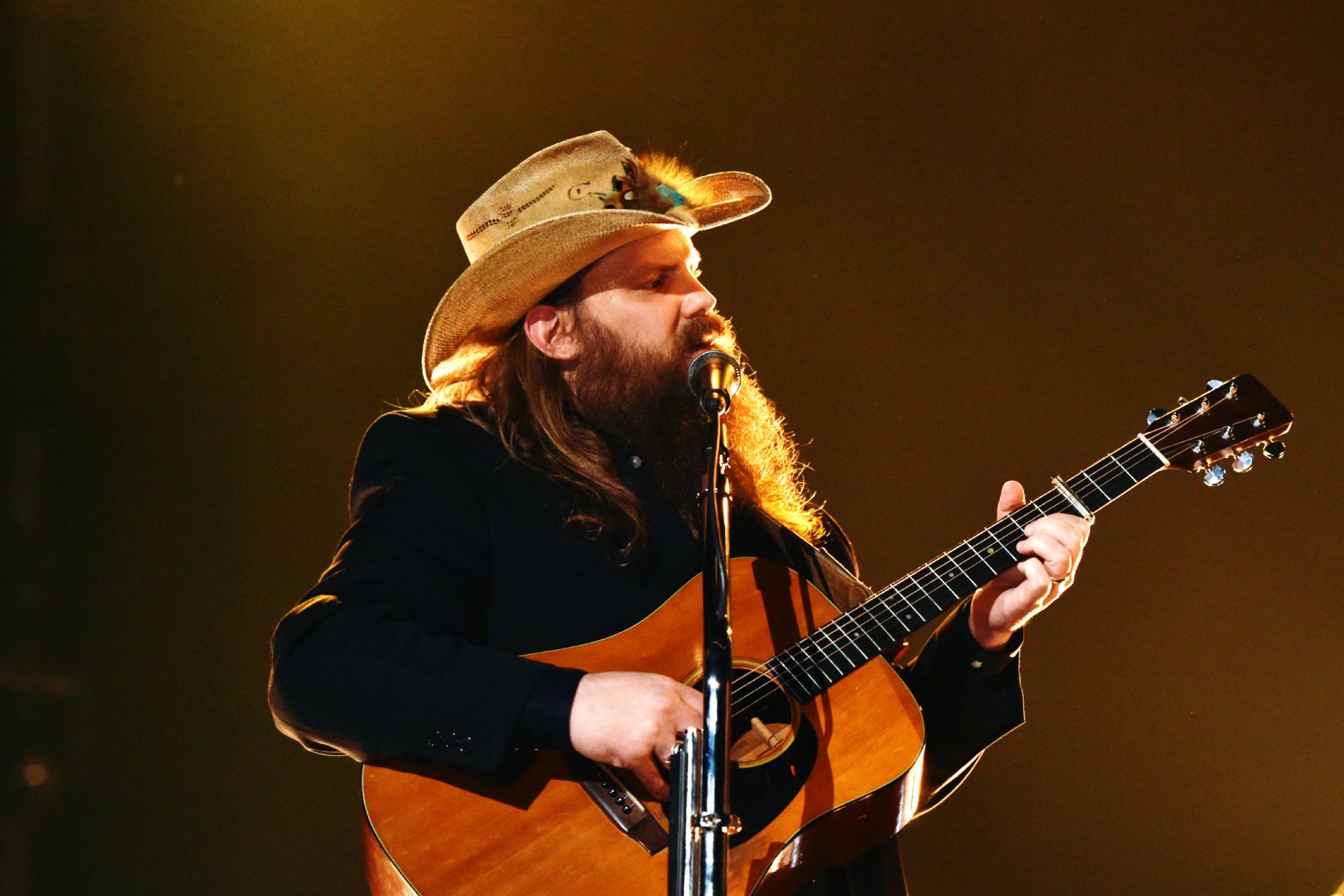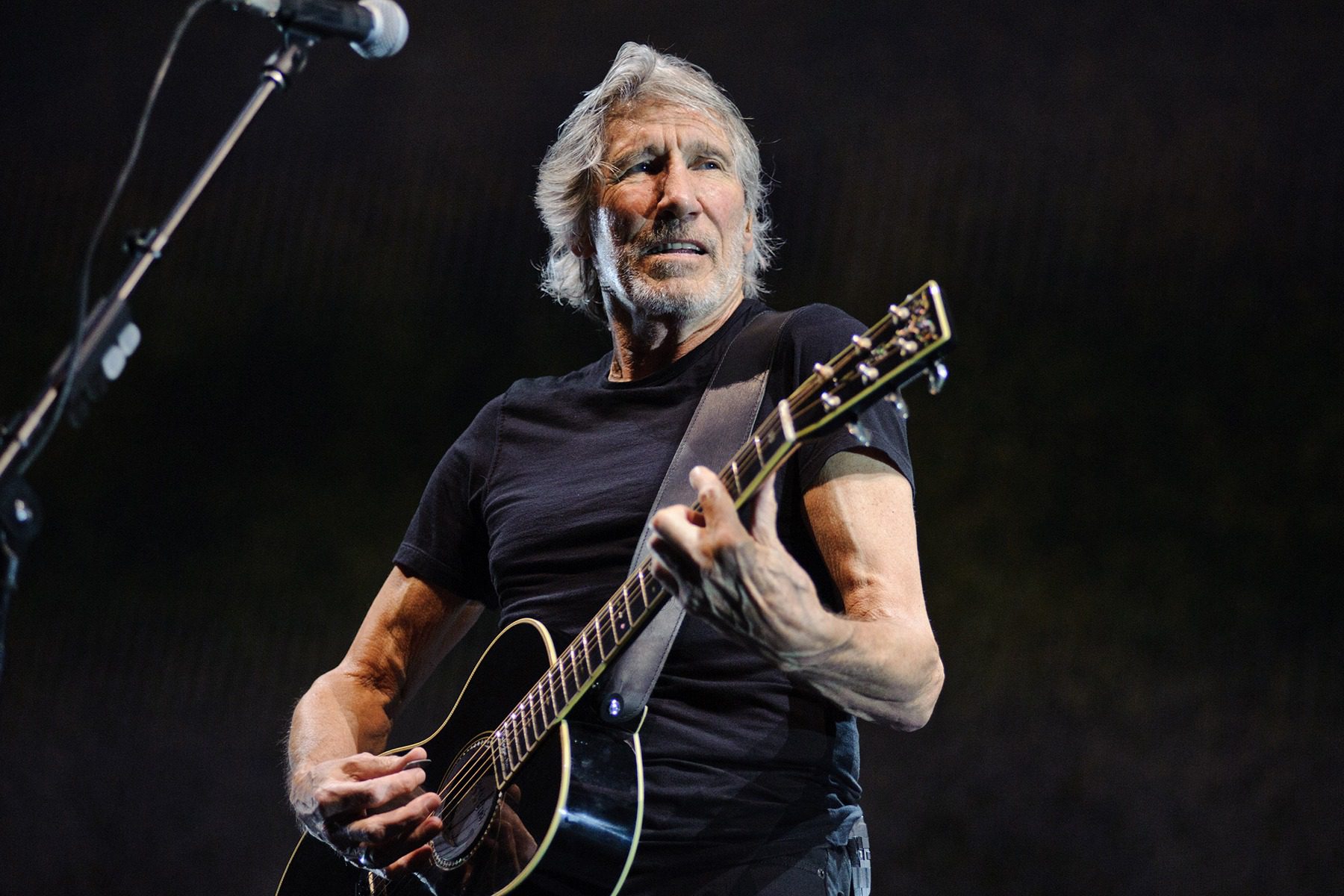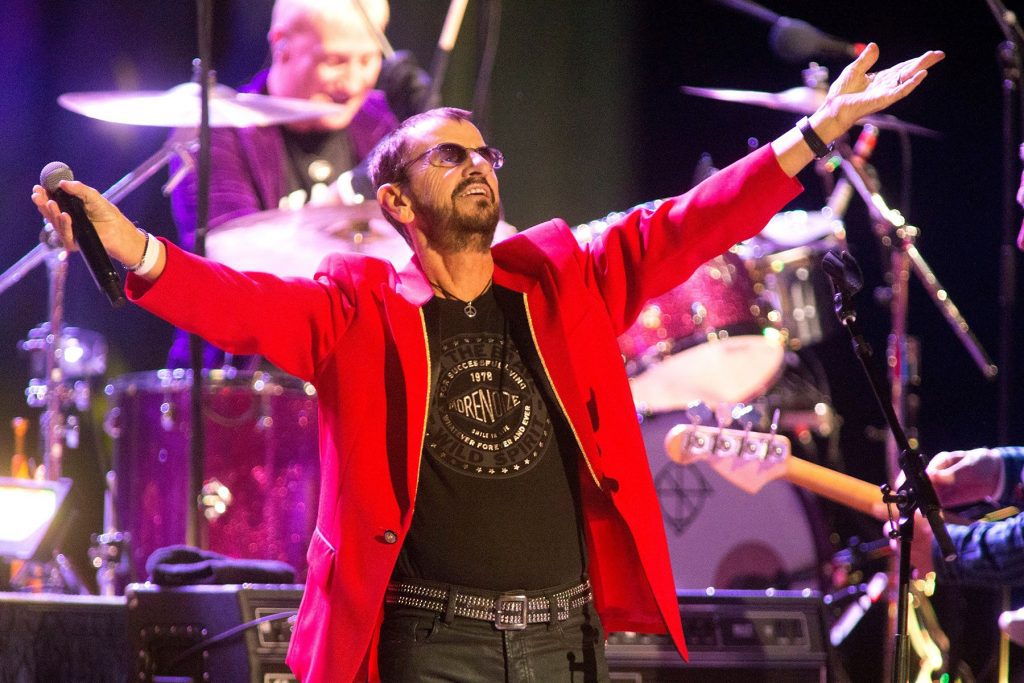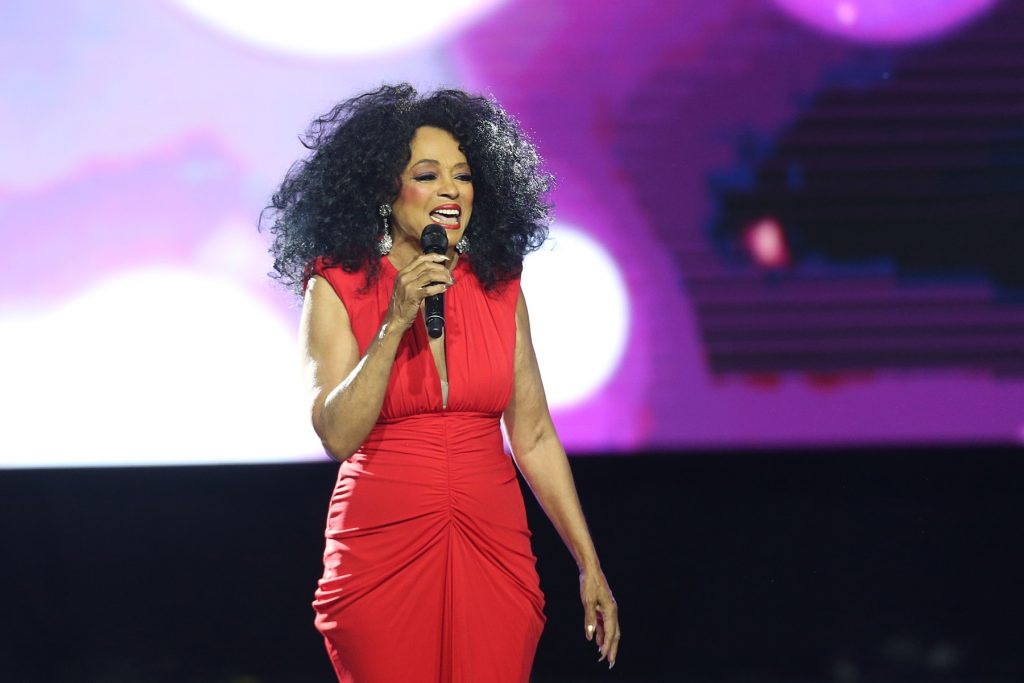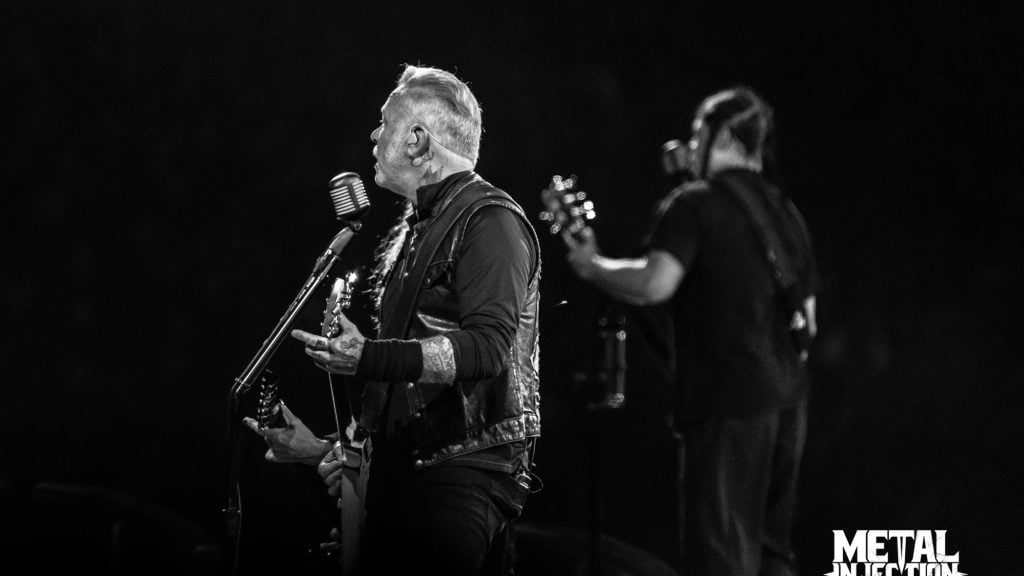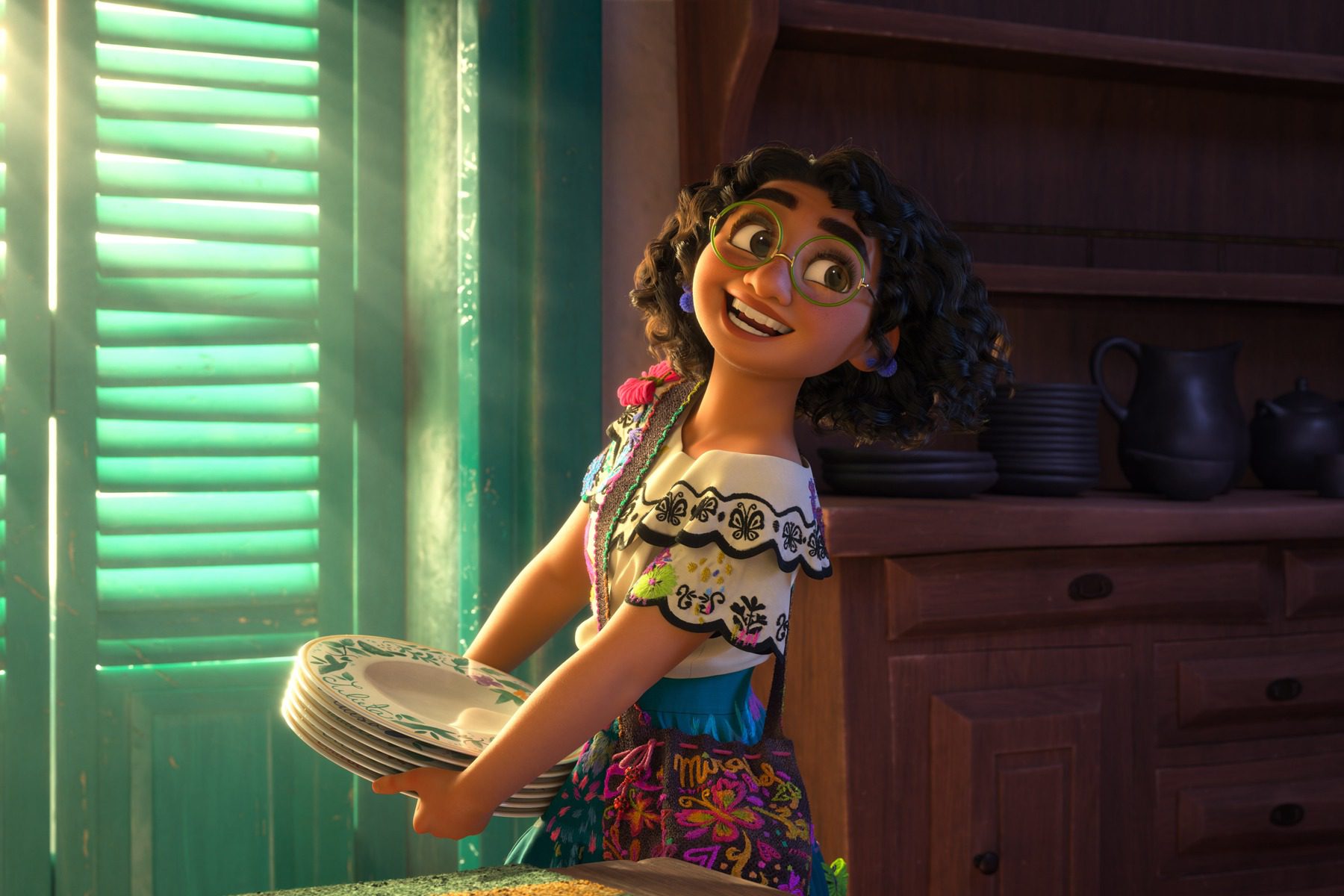
The Music of ‘Encanto’ Is a Huge Success. Its Creators Walked a Cultural Tightrope to Get There
When he began working on the music for Disney’s animated film Encanto five years ago, Lin-Manuel Miranda admits he didn’t know all that much about Colombian music. “I had a beginner’s understanding, or a layman’s understanding, of Colombian music going into this project,” he says. “I knew Shakira, I knew Carlos Vives, and I knew Joe Arroyo, who is just an incredible salsa musician from Colombia. That alone is three totally different genres, and so I just knew it was an incredibly diverse part of Latin America, musically speaking.”
Miranda had to dive headfirst into the project — and ended up creating a cultural blockbuster. For the fifth week in a row, the Encanto soundtrack has held steady at the very top of the Billboard 200, where it currently towers over releases like the Weeknd’s Dawn FM and Mitski’s Laurel Hell. It’s been Number One on Spotify’s Global Weekly Top Albums chart since January 27, and last week, it secured an Oscar nod for Best Original Score. “We Don’t Talk About Bruno,” the centerpiece that winds together traces of cha-cha-cha, son montuno, and guajira, is a viral mega-hit and the most-streamed song in the country right now. The folk-inspired “Dos Oruguitas,” performed by Sebastián Yatra, was recognized by the Oscars Academy with a Best Original Song nomination, while the brawny bounce of “Surface Pressure” has spun off one of many Encanto TikTok memes.
blogherads.adq.push(function () {
blogherads
.defineSlot( ‘medrec’, ‘gpt-dsk-tab-latinx-article-inbody1-uid0’ )
.setTargeting( ‘pos’, [“mid”,”mid-article”,”btf”,”in-article1″] )
.setSubAdUnitPath(“music//latin//article//inbody1”)
.addSize([[300,250],[2,2],[3,3]])
;
});
The staggering success of Encanto‘s music, which includes Miranda’s original songs and a score by Germaine Franco, has largely boggled critics, who have approached its resounding popularity like a riddle they’ve been asked to solve. While some have provided neat answers — Miranda’s unmatched showtune-writing skills, the power of Disney — none of the people who worked on the project can sum up 100 million streams and several barrier-breaking records quite as concisely. Instead, they point to tons of research, a trip to Colombia, and months of trying to capture the tone of magical realism that directors Jared Bush and Byron Howard and co-director Charise Castro Smith wanted the film to reflect.
Both the soundtrack and the score tell the story of the Madrigals, a magical family living in an enchanted house high in the mountains of Colombia. Each Madrigal child has been bestowed with a supernatural power — except for the altruistic young protagonist Mirabel, who ends up having to save the day after she discovers a long-held family secret. The winding plot and vibrant cast of characters gave Miranda and Franco plenty to work with, and their collaboration helped shape a phenomenon that’s given Miranda a shot at an EGOT and made Franco the first Latina composer nominated for an Oscar. And while the music has shattered multiple records, it’s also complex — and it’s surfaced conversations about representations of Latin America and the negotiations between authentic and universal sounds.
The fact that Miranda isn’t Colombian chagrined some viewers, who saw his hiring as one of the ways in which Latin identities are often flattened and made interchangeable in entertainment. (“Why is a Puerto Rican writing music about Colombian culture when they’re not the same things?” one person asked on Twitter.) Miranda’s approach was to plan a two-week trip to the country, in which he visited regions such as Cartagena, Palenque, and Bogotá, among others, to come up with a musical language that balances specifics from Colombia with broader references from across the Spanish-speaking world. “When we went down there in 2018, I believe, it was like going to your cousin’s house and seeing their family album,” he says. “There are things that are really similar to rhythms in Puerto Rico and Dominican Republic, and there are things that are totally distinct about Colombia and that part of the world.”
It’s not the first time Miranda had to study up on a part of the world he wasn’t familiar with: He notes that he went through a similar discovery process when he worked on Moana, Disney’s 2016 hit based on Polynesian mythology. “That was a part of the world I really knew nothing about,” he says. “The fun is falling in love with this culture, falling in love with the rhythms, and then writing as you’re falling in love. And that was exactly what happened with Colombia too.”
blogherads.adq.push(function () {
blogherads
.defineSlot( ‘medrec’, ‘gpt-dsk-tab-latin-article-inbody2-uid1’ )
.setTargeting( ‘pos’, [“mid”,”mid-article2″,”btf”,”in-article2″,”mid-article”] )
.setSubAdUnitPath(“music//latin//article//inbody2”)
.addSize([[300,250],[300,251],[2,4],[4,2]])
.setLazyLoadMultiplier(2)
;
});
That trip, and the research that went into it, attracted some of the big stars who appear on the Encanto soundtrack, whose buy-in helped add some specificity to the project. Miranda tapped Carlos Vives, the multi-award winning Colombian star, for the film’s triumphant closer, “Colombia, Mi Encanto.”
Vives describes feeling pleasantly surprised at the range of rhythms packed into the celebratory song. “That immersion they had in Colombia, they really felt the music and traveled while listening to music — mine, everyone’s, from the oldest and the most classic,” he says over Zoom. “After that trip, they wanted me to sing a song that represented the celebration in the movie, and I was excited as soon as I saw the idea Lin-Manuel had for the track — those Colombian champeta sounds, the accordions, the touches of vallenato.”
Miranda called Yatra in for the fragile “Dos Oruguitas,” which goes with Encanto’s emotional climax. The song is delicate, rooted in in gentler acoustic sounds that are redolent of folk traditions from Colombia and other parts of South America. Yatra had heard an early version of the song a few weeks before recording it, and he remembers having a conversation with Miranda about incorporating nuanced instrumentation that would sound authentic to Colombia, where he was born. “When we heard it the first time, Colombian musicians hadn’t gone in yet to record, so the demo was an idea of those sounds,” Yatra says on a Zoom call from Colombia. “We talked to Lin, and he was like, ‘I definitely want to get accordions and all the Colombian instruments in here.’ They did that, and it took the song to this very folkloric place where we’re proud of the soundtrack here in Colombia.”
The rest of the cast is also primarily of Colombian descent: The main character is voiced by Stephanie Beatriz, whose father is Colombian, while John Leguizamo, born in Bogotá, plays the mysterious Bruno. The artist and composer Mauro Castillo, the singer Carolina Gaitán, the reggaeton artist Maluma, and Wilmer Valderrama and Diane Guerrero also have roles in the film — and many of their voices collide in the polyphonic peak of “We Don’t Talk About Bruno.” The song, along with others on the soundtrack, is written as a fusion that mirrors the pan-Latin hybrids happening throughout Latin pop. That universality has undeniably helped draw in the masses, but it also means the music doesn’t sound strictly Colombian. Even with contributions from Colombian musicians and rhythms from the country, some people pointed out that the score and original songs aren’t the most traditionally authentic.
Franco has worked on projects such as Pixar’s award-winning 2017 film Coco, and explains that part of the job was to create music that moved the story forward. “Just like Coco, it wasn’t a documentary, so you want to use the rhythms, but you also give yourself artistic license to be able to score it for picture, what works within the rhythm of the scene and the dialogue,” she says. “It was a mix of storytelling and what worked visually.”
blogherads.adq.push(function () {
blogherads
.defineSlot( ‘medrec’, ‘gpt-dsk-tab-inbodyX-uid2’ )
.setTargeting( ‘pos’, [“mid”,”mid-articleX”,”in-articleX”,”mid-article”] )
.setSubAdUnitPath(“music//article//inbodyX”)
.addSize([[300,250],[300,251],[3,3],[620,350],[2,2]])
.setLazyLoadMultiplier(2)
;
});
She adds that there were some elements she wanted to put in while she was composing, but ultimately couldn’t because of the constraints of the story. “There’s a rhythm called a joropo which is so amazing, but it was just too fast. They wound up putting in a little at the end when the family is having dinner, and you’ll hear a little bit when she’s on the chase. So, there’s times when I couldn’t do the pure folkloric kind of rhythm, but I take elements of it and put it in different cues.”
Castillo, who leads “We Don’t Talk About Bruno” as Félix, notes that the music also had to fit within the Disney universe. “It’s a Disney movie!” he says. “Disney has a history of 59 movies — this is the 60th, and there are a lot of innovations this film is introducing within those norms. The ‘Bruno’ song is an example of that… On ‘Surface Pressure,’ there’s a cumbia that’s super marked and really different from what people have seen before.”
Even while pushing some boundaries, there was a format they had to keep in mind. “It’s one of the things that as a creator, you have to grapple with,” Castillo adds. “I’m a musician and a producer and I have my independent projects, and you say, ‘This is what’s in my heart’ — but you also have to tell a story, step by step.”
“We Don’t Talk About Bruno” has made Castillo one of few Black Latinos to reach the upper reaches of the mainstream charts, something he says brings him “immense joy.” As a musician, he adds that he was also moved by how the film honors particular instruments from Afro-Colombian regions, noting that Franco and her collaborators made it a point to order a marimba specifically from Colombia’s Choco region. “It’s a beautiful detail, and that was what I liked most about the soundtrack,” Castillo says. “She spent all this time building it, all and it took all this work — she had several assistants help her put it together. I love it, because it’s this authentic marimba, the first made specifically for Disney, brought into this production, and it’s an incredible step in terms of music discovery.”
It wasn’t the only instrument Franco sought out; she also bought a harp — an arpa llanera — from Colombia and learned how to combine the sounds of string instruments, like tiples, bandolas, and cuatros. “I need the instruments so I can play them and see what it feels like to play them,” she says. She built a giant spreadsheet of styles and regions she wanted to explore and would go through it meticulously while she was composing. “I started taking different rhythms, say cumbia or an Afro-Colombian style, and deciding, ‘Okay, today I’m going to write a bambuco, which is from the Andes region.’” She was also inspired by Colombia’s tradition of cantoras — female singers who perform traditional styles of music — and added a lot of her own voice to the score. One part of the score also features a live Afro-Colombian choir led by Isa Mosquera, whom Franco recorded over Zoom after the pandemic made traveling difficult.
blogherads.adq.push(function () {
blogherads
.defineSlot( ‘medrec’, ‘gpt-dsk-tab-inbodyX-uid3’ )
.setTargeting( ‘pos’, [“mid”,”mid-articleX”,”in-articleX”,”mid-article”] )
.setSubAdUnitPath(“music//article//inbodyX”)
.addSize([[300,250],[300,251],[3,3],[620,350],[2,2]])
.setLazyLoadMultiplier(2)
;
});
Those touches enhance the emotion in the story, which is ultimately what Franco thinks has driven so many people to the music of Encanto. “There are certainly feelings that speak to the vulnerability within families,” she says. “The music that Lin and I wrote, we wanted it to speak to the family element and the different dynamics that happen, [while also wanting] to celebrate Latino music. We tasked ourselves with doing it well without giving ourselves a box we had to put it all in.”
